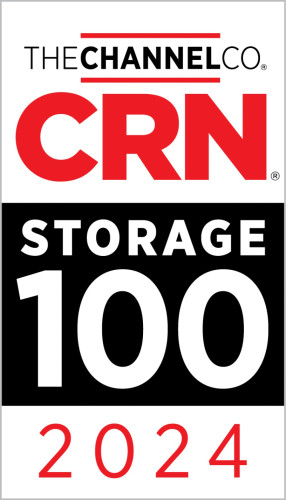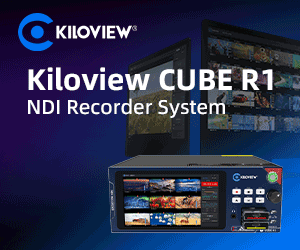by Vikas Singhal Issue 95 - November 2014
Companies across the media value chain have departed the tape-based realm and migrated to file-based workflows. In making this transition, they left behind common, well-established technologies that had ensured the smooth flow of content from creation through to delivery. In their place, companies implemented their preferred solutions from among many new technologies geared to file-based operations. The industry\'s resulting embrace of varied formats and file structures has led to a lack of interoperability in exchanging and processing media content, in particular with delivery from production/postproduction companies to broadcasters, OTT service providers, and other outlets.
To handle the quality and interoperability issues arising during file-based content exchange, companies began to look toward specialized QC tools. Capable of verifying those technical parameters that are difficult to detect manually, file-based QC tools not only simplify and accelerate content analysis, but also make it easier to perform QC on the growing amount of content generated for multi-platform consumption that, in many cases, is delivered untested due to its sheer volume. By validating the technical structure of the file and identifying any objective audio and video quality parameters, file-based QC can be an ideal complement to review by the human observer.
In today\'s world of multi-screen, multi-format delivery, where organizations are making every attempt to improve the efficiency of their processes, detailed QC at the source can dramatically reduce the likelihood of content being rejected and sent back up the chain due to interoperability and quality issues. The process of testing and rejecting, or "fixing\" noncompliant content can be costly and time-consuming, so the financial benefits of early file-based QC are quite tangible. Nevertheless, the fact remains that the organizations at the beginning of the value chain tend to be the smallest, facing the greatest challenges in adopting a file-based QC solution.
While larger organizations involved in the supply and delivery of content have already begun implementing such systems, smaller production and postproduction companies face a number of challenges in making this investment. When work is project-based and the volume of content handled is variable, as it often is at a smaller company at the start of the value chain, then an upfront investment in file-based QC simply may not be financially feasible. Because QC is not a primary focus of the post or production business, it is unlikely to be the first priority when the company\'s budget allows for investment in new technology. However, while content suppliers may be reluctant to invest in their own QC tools, it is in their best interest to QC the content before delivery as repeated rejections may lead to financial penalties and loss of reputation.
Financial constraints are not the only factors preventing businesses at the start of the value chain from adopting file-based QC solutions. The difficulty of configuring and using many QC solutions has also proved an issue for small and mid-sized companies. When most or all staff members are engaged in creative work rather than in technical roles, there simply are fewer people with the time and skills to manage a complicated QC system. Furthermore, the work contract with the content owner in many cases stipulates that content may not be transferred to an external location for QC. An on-site solution thus is becoming a necessity.
If these challenges are addressed effectively, and adoption of file-based QC becomes an attractive option for companies across the value chain, then all stakeholders are in a position to realize greater efficiency and its ripple effects. Broader adoption of advanced QC tools will come with greater financial and operational accessibility of file-based QC solutions, as well as a stronger push from content delivery companies. If the companies that deliver content create clear specifications for QC criteria and communicate their requirements and expectations to suppliers, then those suppliers gain a much more scientific impetus for implementing a file-based QC system. This will become a more compelling proposition if, at the same time, vendors of QC solutions put forward business models that enable small and mid-sized suppliers - the smaller postproduction or production company - to use QC tools before providing content to their customers.
New pay-per-use file-based QC solutions are today offering a compelling way for the small or mid-sized post house or production company to align its investment in QC with the volumes of content it handles. This approach allows smaller suppliers to invest in QC only as required.
Those solutions that simplify QC operations and minimize the human expertise and intervention required can offer significant benefits without the cost and hassle of conventional QC products. However, most solutions of this kind are cloud-based, which somewhat limits their appeal to the intended media companies due to contract restrictions, security concerns, and infrastructure considerations. A more attractive approach for these organizations is an "on-premise\" pay-per-use file-based QC solution. Such tools are only just beginning to appear in the market with the recent announcement from Venera Technologies of its Pulsar PPU offering.
Flexible investment options and increasingly intuitive operation make file-based QC more appealing than ever, and ongoing evolution of QC technology promises growing utility for technical parameters and audio/video baseband analysis. Although it will be some time before baseband analysis is perfected, file-based QC products and services being offered today do present viable solutions for facilitating a smooth flow of content from creation to consumer.




































